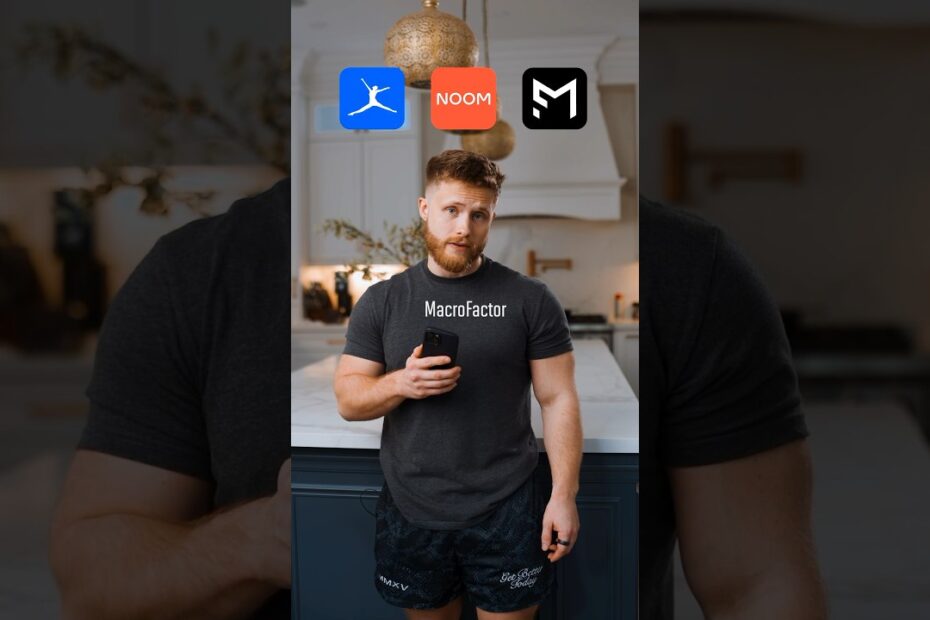Are Free Nutrition Apps Really Free? The Hidden Costs and Trade-Offs
Your Data: The Secret Currency of “Free” Apps
You know what they say: if you’re not paying for the product, you are the product. Free nutrition apps might not drain your wallet, but they’ll happily feast on your personal data like a hangry raccoon in a dumpster. Every meal logged, every midnight snack confessed, and every guilty “I swear I’ll eat better tomorrow” pledge becomes a data point sold to advertisers, insurers, or sentient AI plotting to replace us. Sure, tracking your protein intake is fun—until you realize you’ve traded your biometric soul for a digital pat on the back.
Ads, Ads, and…Wait, Was That a Salad?
Picture this: you’re meticulously logging your kale-quinoa bowl, feeling smugly virtuous, when—BAM—a pop-up ad for “Mystery Meat Discounts™” invades your screen. Free apps are basically Times Square for your diet: neon distractions hawking meal kits, weight loss teas, and “wellness” gummies that taste like regret. The real calorie burn? Your patience.
The Upsell Maze: From “Free” to “Fee” in 3 Clicks
“Free” is just the appetizer. Soon, you’ll be bombarded with “premium” upgrades that promise:
- Unlimited broccoli tracking (because who needs limits on cruciferous veggies?)
- AI-generated pep talks (“You’re crushing it! Now buy this yoga mat.”)
- Ad-free suffering (a.k.a. pay to stop seeing ads for deep-fried Oreos)
Suddenly, “free” feels like a toxic relationship where your app whispers, “You’d be happier if you just… subscribed.”
The Time Tax: Because Scanning Every Snack Isn’t Free Either
Let’s not forget the hours spent inputting every raisin, squinting at barcode scans, and debating whether “medium avocado” is a size or a personality trait. Free apps cost your time—a non-renewable resource unless you’ve cracked time travel (in which case, please share). By the time you’ve logged your fourth “cheat day,” you’ve basically earned a PhD in Data Entry… and existential dread.
Why Free Nutrition Apps Might Sabotage Your Health Goals (And What to Use Instead)
Your “Free” App is a Trojan Horse (With Ads for Arms)
Ah, free apps—the digital equivalent of a “complimentary” parrot that squawks cookie ads into your ear while you’re trying to meditate. Many “budget-friendly” nutrition apps bombard you with pop-ups for fast food, algorithmic guilt trips, and workout gear you’ll never buy. Sure, you’re saving $4.99 a month, but at what cost? Your screen time is now 60% meal tracking, 40% resisting the urge to impulse-buy a kale-themed fanny pack.
Calorie Math Done by a Magic 8-Ball
Ever scan a banana and watch the app declare it’s “37 calories… or 370? IDK, we’re vibing”? Free apps often rely on user-generated databases, which means your food log could be built by:
- A well-meaning yoga instructor who thinks “avocado” is spelled “advocado”
- A sentient toaster uploading bagel entries from the void
- You, after your third espresso, guesstimating that a “bite of regret” counts as a protein
Spoiler: precision isn’t their strong suit.
The “One Kale Fits All” Approach
Free apps love to shove you into a one-size-fits-none algorithm, like a wellness cult that thinks “eating 1,200 calories and jogging into the sunset” works for EVERY body. They’ll ignore your lactose intolerance, your hatred of quinoa, and your very real need to sometimes eat pizza horizontally. It’s like getting life advice from a fortune cookie that just says, “drink more water and suffer.”
What to Use Instead: The Not-Scary Upgrade
Swap the chaos for apps that cost less than your monthly “I’ll just buy one cookie” budget. Paid options often ditch the ads, use verified databases (no more “is this hummus or hummus-shaped concrete?”), and adapt to you—whether you’re vegan, a nacho enthusiast, or someone who just wants to eat spinach without being shamed by a cartoon carrot. Alternatively, consult a nutritionist—aka a human who won’t suggest you “log your tears as electrolytes.”
